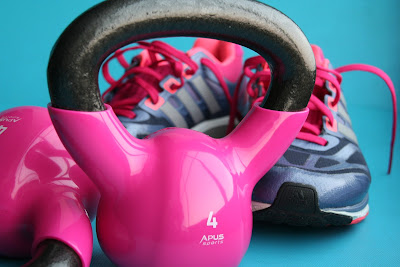We're going to tell it to you straight: It's not impossible
to lose weight if you keep a veggie-free diet, but it's not going to be
easy.
That's because veggies are a great way to fill your plate
for the least amount of calories—not to mention they're packed with vitamins
and minerals that keep your body healthy and satisfied. Without veggies, you'll
be forced to fill up on foods that are higher in calories, meaning you'll be
eating less in order to hit your calorie goals—and probably feeling pretty darn
hungry, too.
But, hey, don't lose hope yet! We consulted a handful of
pros to uncover how to lose the weight if veggies are something you hate.
Experiment
with Prep
It's possible your veggie-aversion is rooted in how you were
exposed to them in the past. Do you find them mushy? Smelly? Bitter? All of
these qualities can be the result of eating poorly-prepared vegetables, says
Susan Bowerman, R.D., director of worldwide nutrition, education, and training
at Herbalife. So you might not actually hate broccoli—you just hate the
way your mom made it.
Bowerman recommends identifying what veggie qualities you
dislike and then trying to fix them with different preparations. For example,
try cooking the veggies in a stir-fry to eliminate the raw taste and preserve
that crisp bite, she says. Other low-to-zero calorie ways to make veggies more
palatable include adding seasoning like herbs and citrus, small amounts of good
fats, such as olive or sesame oil, and a sprinkle of nutritional yeast, which
mimics the taste of Parmesan cheese
If you still won't eat your greens (and reds, and yellows)
no matter the preparation, then try sneaking them into your diet by drinking
them. Sipping on a veggie-based shake during snack time is a good option when
you're trying to lose weight because it's packed with fiber and can
boost your metabolism, says Lisa DeFazio, R.D. Since fiber takes longer to
digest, it forces your body to work overtime when trying to process it, which
expends more calories and ups your metabolism.
Snack
on Low Sugar Fruits
If you want to avoid veggies, you should try to incorporate
more lower-sugar fruits, such as berries, grapefruit, and apples, into your
diet, says DeFazio. Because fruits are also full of vitamins and minerals, are
only slightly higher in calories, and are full of water, they're a good
snack when hunger strikes, says DeFazio. And to really maximize snack time
so that you stay fuller longer, DeFazio suggests coupling the fruit with
protein, such as peanut butter or cottage cheese. Aim to get at least 10 grams
of protein at each snack, as these will keep you satisfied without eating too
much, Bowerman says.
Drink
Protein Shakes
When you're trying to lose just 10 pounds, calorie and
portion control are key to staying on track. That's why Bowerman recommends
swapping a meal for a protein shake, which you can either make at home or
purchase pre-made. That way you're able to stay on track with your calorie
consumption and fill up because, well, it's protein, Bowerman says.
Excercise
Again, weight loss is all about calories in versus calories out and one of the best ways to get those cals-a-burnin' is to get your heart rate up. But this doesn't mean you should just stick to running on the treadmill. While every person's workout routine is dependent on her own strength and ability, Bill Dorton, exercise physiologist and director of group exercise and personal trainer at PurLife Fitness Center in Delray Beach, Florida, recommends exercising in intervals, bouncing between cardio and strength training. "Your body works like a car," Dorton says. "The more stopping and going you do, the more gas (i.e. calories) you will burn."
Keep a
food Journal
Writing down what you eat holds you accountable for your
diet and helps you monitor how much you're eating as you're losing weight.
Essentially, as your weight drops, so do your calorie needs. So by keeping a
food diary, you're able to track how many cals you should gradually cut to
continue to drop the pounds, Bowerman says. This practice can also help you
remember to watch your portions—regardless of whether they're veggies or not.






No comments:
Post a Comment